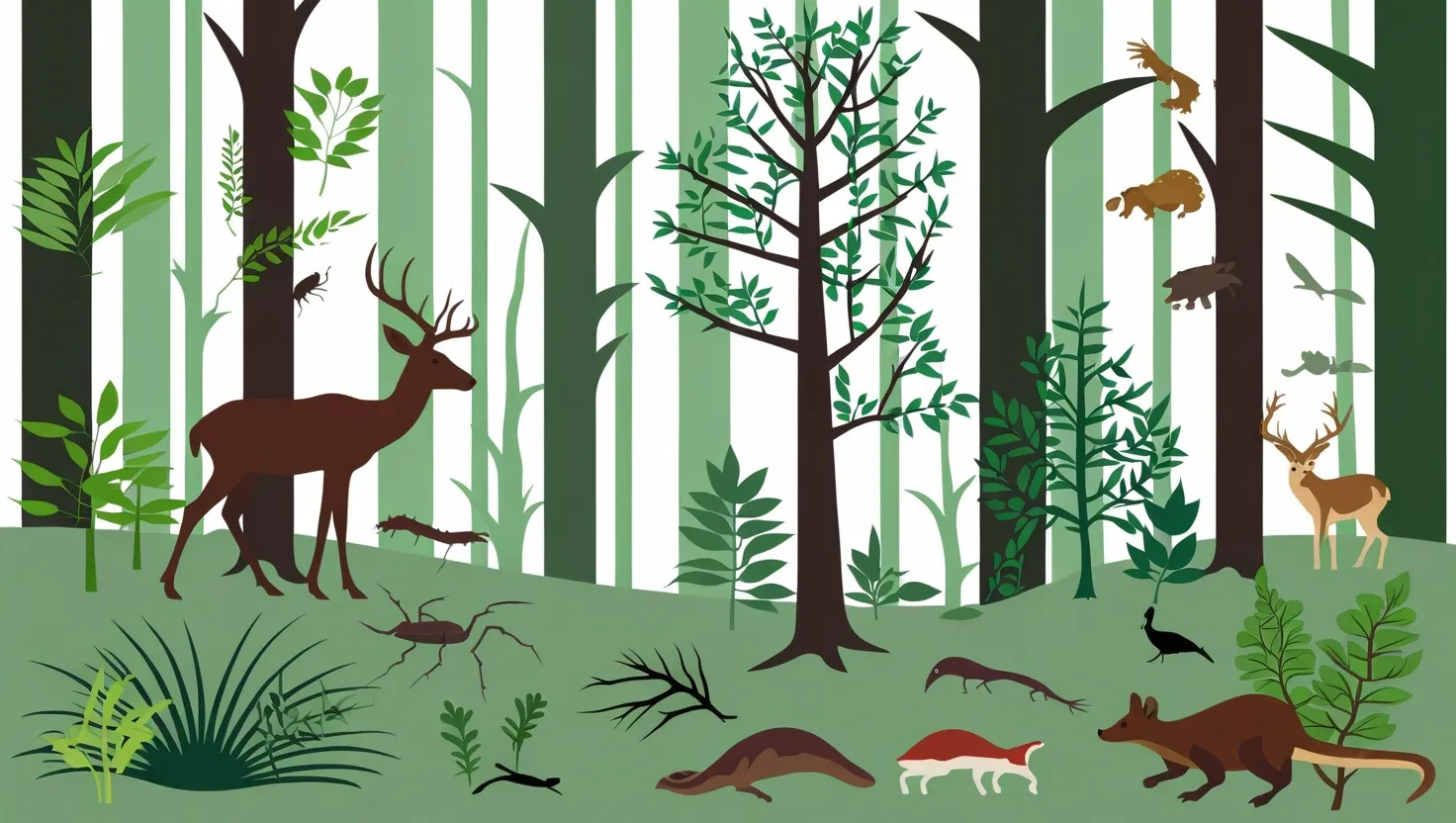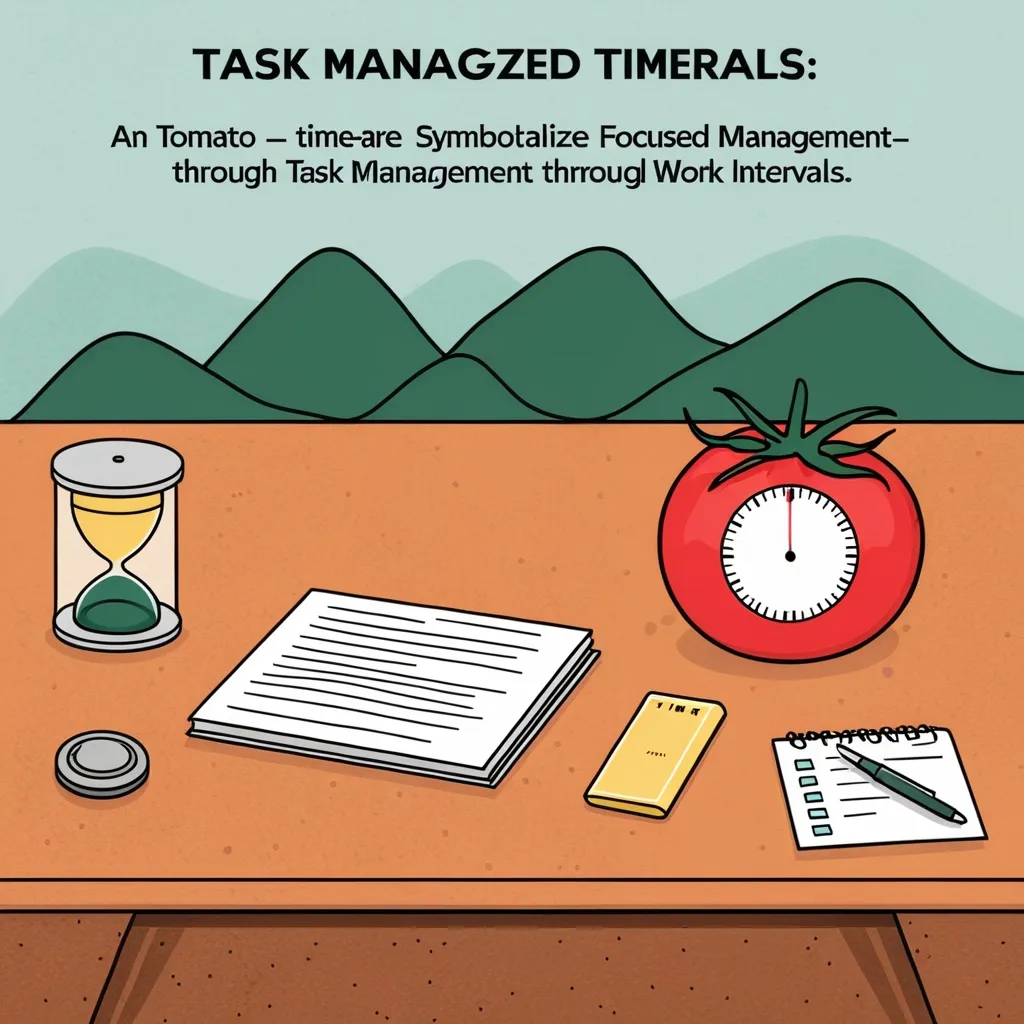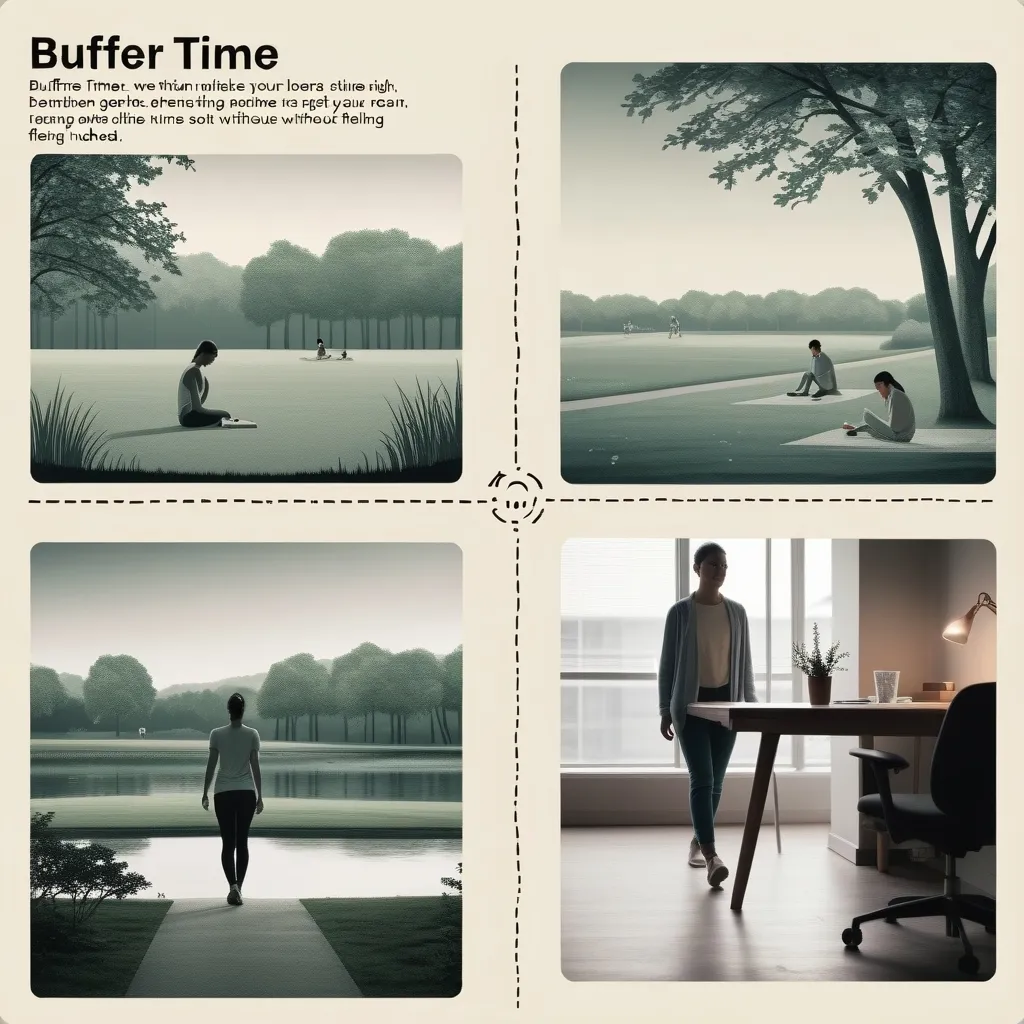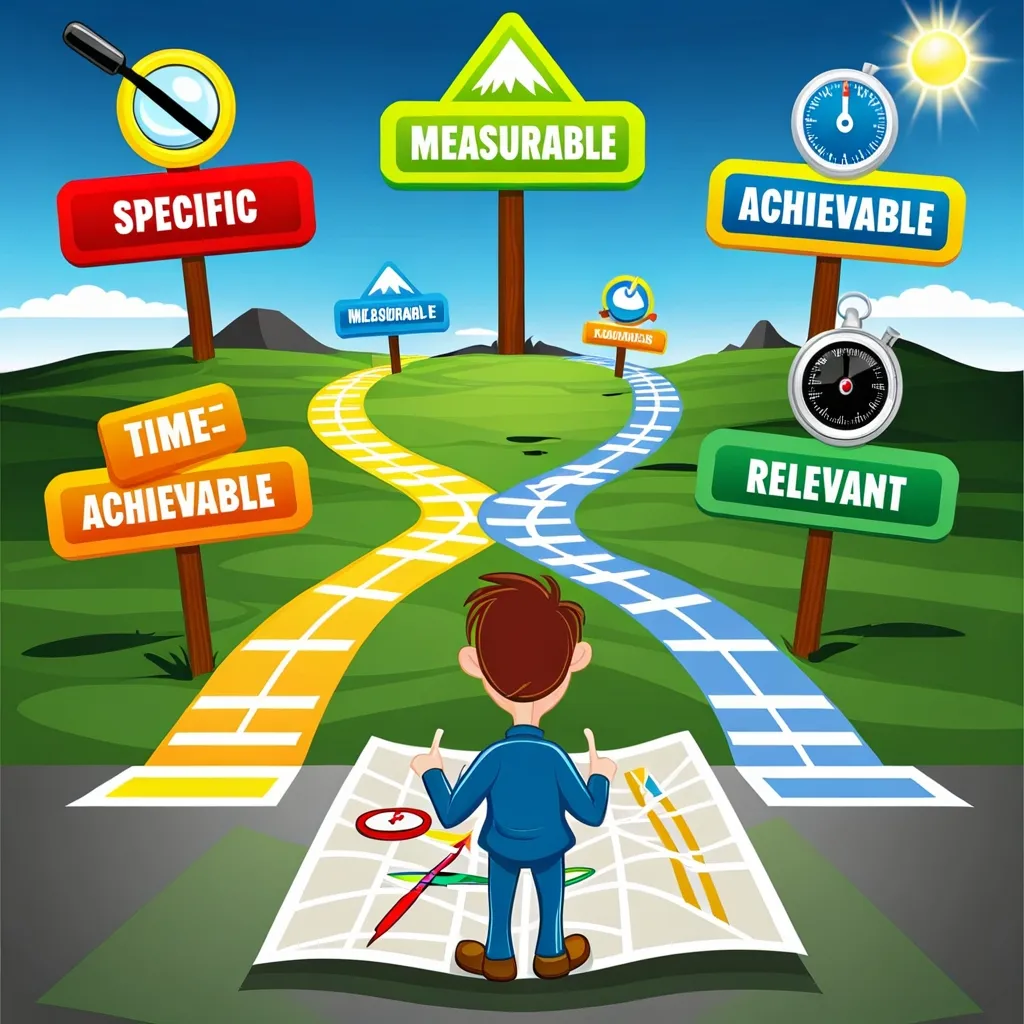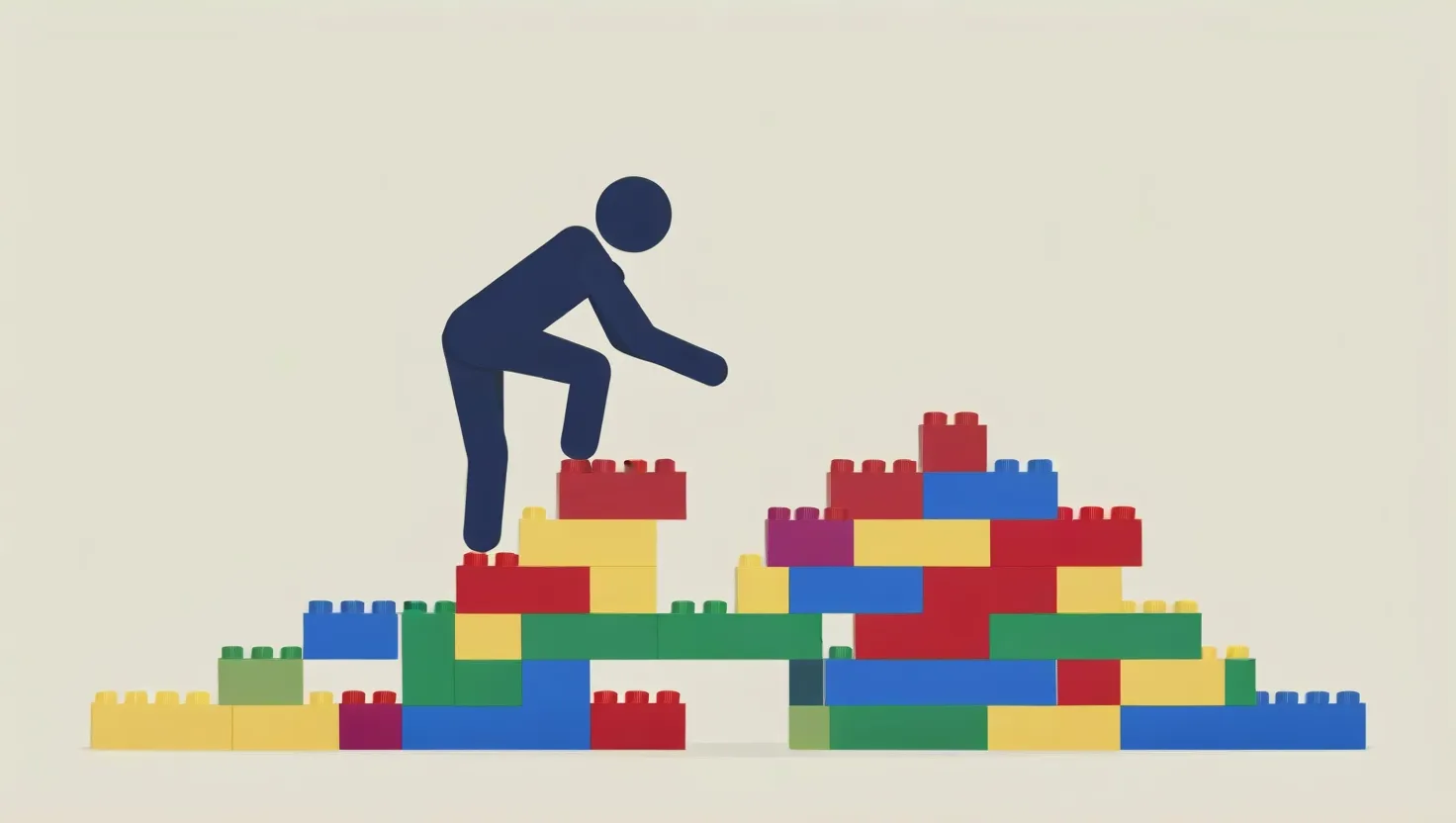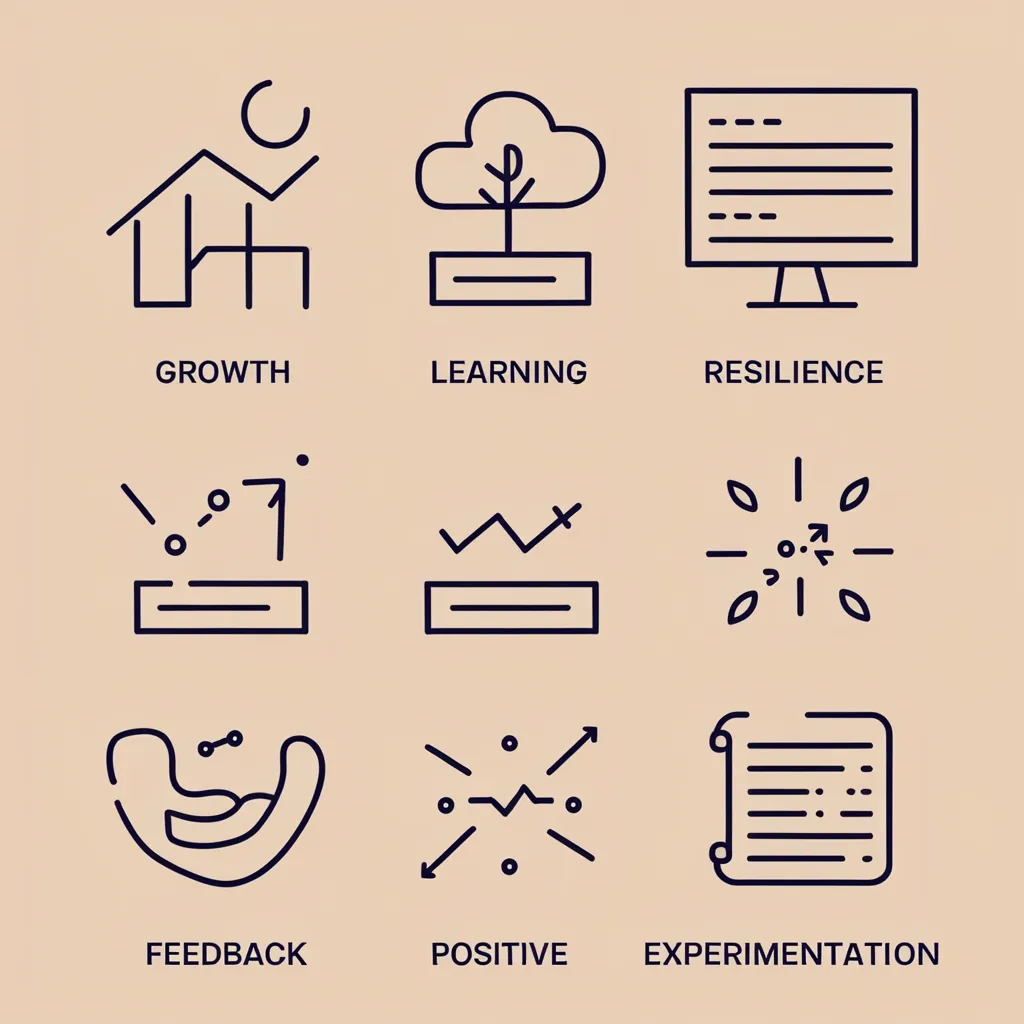In a world where complexity and uncertainty are the norm, turning to nature for inspiration can be a game-changer in how we make decisions. This approach, known as biomimetic decision-making, involves more than just drawing simple analogies or metaphors from nature; it’s about deeply understanding and applying the time-tested strategies that nature has honed over billions of years.
Imagine starting your day by observing how ants optimize their routes to gather food. These tiny creatures don’t rely on complex algorithms or GPS; instead, they use simple rules like following pheromone trails and adapting to changes in their environment. By studying this behavior, you can develop more efficient ways to manage your own tasks and projects. For instance, if you’re leading a team, you might adopt a decentralized approach where each member has the autonomy to make decisions based on local information, much like ants do. This can lead to more agile and responsive teams that can adapt quickly to new challenges.
Another fascinating example is the way trees communicate. While they don’t have a central nervous system, trees are able to share nutrients and warnings about potential threats through an intricate network of fungi and roots. This symbiotic relationship can teach us a lot about collaboration and resource sharing. In a business setting, this might mean fostering a culture where departments are interconnected and supportive, rather than siloed and competitive. By mimicking the cooperative nature of trees, you can create a more resilient and supportive work environment.
Birds flocking is another natural phenomenon that offers valuable insights into decision-making. When birds fly in formation, they don’t follow a single leader; instead, each bird responds to the movements of its neighbors. This collective behavior allows the flock to move efficiently and avoid predators. Applying this principle to your decision-making process could mean encouraging a more distributed leadership model where everyone contributes to the direction of the group. This approach can lead to more innovative and adaptive solutions, as it leverages the collective intelligence of the team.
Structuring your team like a beehive is another biomimetic approach worth considering. Bees are incredibly efficient in their social organization, with different roles and responsibilities that ensure the hive’s survival. By mimicking this structure, you can create a more efficient and harmonious team. For example, you might assign specific roles based on individual strengths, just as bees do with their workers, drones, and queen. This can lead to a more balanced and productive work environment.
Market challenges can also be tackled using principles of evolutionary adaptation. In nature, species evolve over time through a process of variation, mutation, and selection. This process can be applied to business strategies by encouraging experimentation and learning from failures. Instead of sticking to a single plan, you can adopt a more iterative approach where you test different strategies, learn from the outcomes, and adapt accordingly. This evolutionary mindset can help your business stay ahead in a rapidly changing market.
One of the most compelling aspects of biomimetic decision-making is its ability to help us see beyond human-centric thinking. By tapping into the wisdom of nature, we can develop solutions that are not only effective but also harmonious with the environment. For instance, architects are now designing buildings that mimic the structure and function of natural systems, such as the way certain plants manage water efficiently in arid environments. These buildings are not just energy-efficient; they also contribute to a healthier planet.
The concept of biomimicry extends beyond just physical structures; it can also influence how we approach social systems. Nature rewards cooperation and diversity, as seen in the rich ecosystems of forests and coral reefs. By adopting these principles, we can create more resilient and dynamic communities. For example, a city’s theatre district or business district thrives because of the geographical proximity and interdependence of its inhabitants. This kind of ecosystem can be replicated in various sectors, leading to more vibrant and sustainable communities.
Nature’s approach to innovation is also worth emulating. Unlike human systems that often rely on detailed planning and deliberate design, nature innovates through rapid prototyping and experimentation. New mutations and variations are constantly being generated, and those that prove beneficial survive and thrive. This approach can be applied to product development and problem-solving, where instead of over-planning, you encourage a culture of continuous experimentation and learning.
Another key principle from nature is the minimization of waste. In natural ecosystems, the death of one organism provides life to another, creating a cycle of reuse and recycling. By adopting this principle, businesses can reduce their environmental footprint significantly. For example, companies like Unilever have developed products inspired by nature’s efficiency, such as ice cream that doesn’t melt easily by using proteins found in fish that survive in freezing waters.
The balance and cyclical nature of natural systems are also important lessons. Nature operates on a dynamic balance between birth and death, growth and contraction, which maintains the health and vitality of ecosystems. In our human world, we often favor one side of the equation over the other, but this is not sustainable. By recognizing the importance of balance, we can create systems that are more resilient and sustainable in the long term.
Biomimetic decision-making is not just a method; it’s a way of thinking and living. It encourages us to reconnect with nature and appreciate its beauty and wisdom. This approach fosters a culture of curiosity, creativity, and collaboration, leading to a more sustainable and regenerative future.
As we face the twin crises of climate change and biodiversity loss, biomimicry offers a promising solution. By learning from nature’s strategies and designs, we can create innovative, sustainable solutions that address these challenges. For instance, projects like the Sahara Forest Project, which uses seawater and solar energy to produce food, water, and energy in desert regions, demonstrate the potential of biomimicry in creating regenerative environments.
Incorporating biomimicry into our decision-making processes requires a shift in how we think about innovation. It’s about recognizing that nature is not just a source of resources to be exploited but a genius problem solver that has evolved over billions of years. By emulating nature’s wisdom, we can create solutions that are not only effective but also harmonious with the environment.
As we look to the future, the potential of biomimicry is vast. With advancements in technology and interdisciplinary collaborations, we are delving deeper into nature’s blueprints and uncovering more sustainable solutions. Biomimicry is poised to revolutionize various industries, from architecture and transportation to energy and beyond, compelling businesses and individuals to contribute to a cleaner, greener planet.
In essence, biomimetic decision-making is about harnessing nature’s genius to turn complex challenges into harmonious solutions. By studying and applying the strategies that nature has perfected, we can develop a more adaptive, resilient, and sustainable approach to problem-solving. This isn’t just a method for making better decisions; it’s a way of living in harmony with the natural world, ensuring a brighter future for ourselves and the planet.
